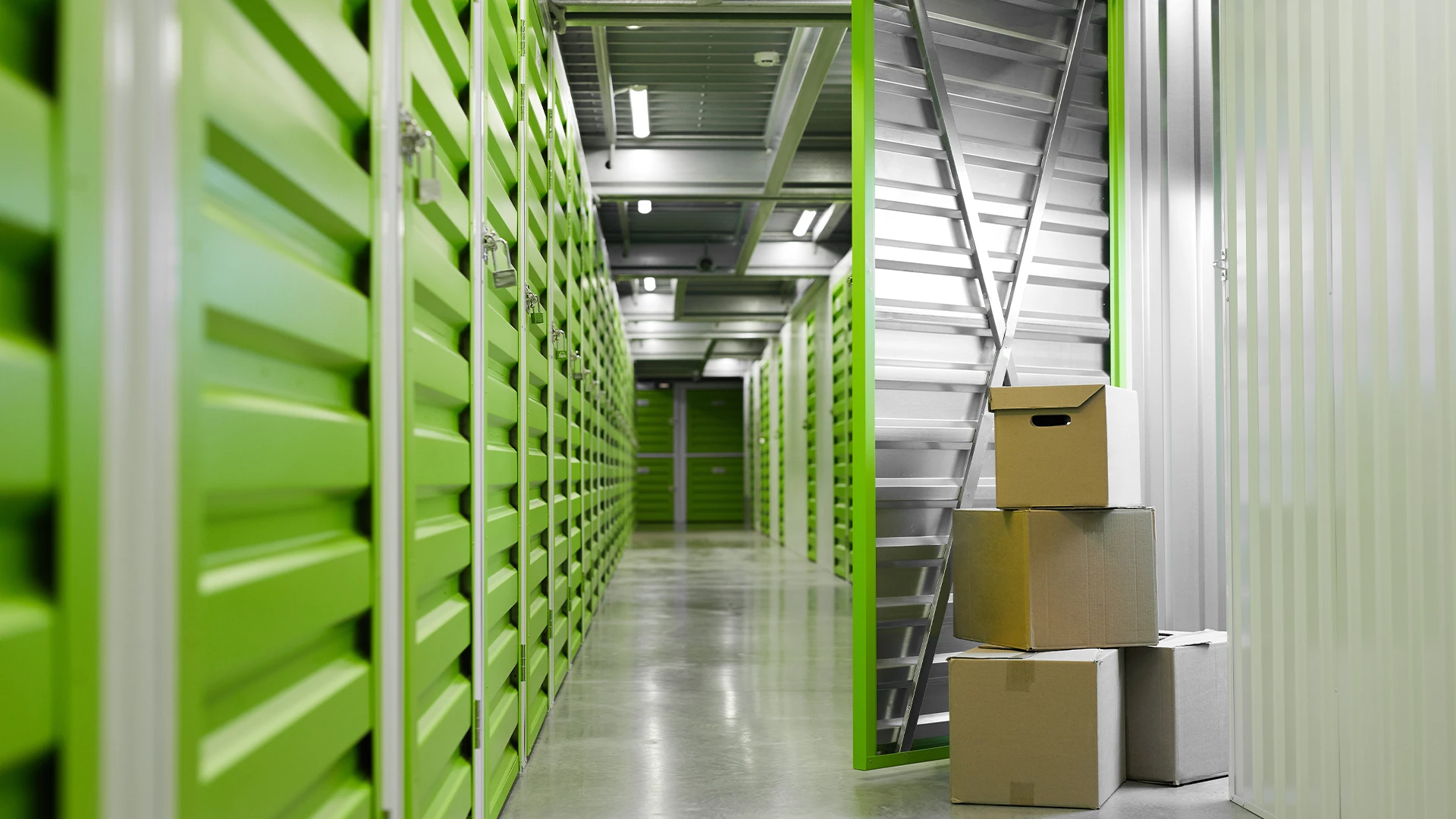
AdobeStock | Seventyfour
Editor's note: The following article was written by Frank Meek, technical services manager for Rollins, and a board-certified entomologist with 35-plus years of experience. Watch an exclusive video interview with PCT's Amanda Donchatz and Meek on best practices for providing pest control in commercial storage units and residential stored spaces.

Storage facilities play a vital role in providing a safe and secure space for businesses and individuals to store their goods and products. However, the potential for pests such as rodents, insects and birds pose a significant threat to these areas, causing product contamination, damage and deterioration, resulting in financial losses for both facility owners and clients. Moreover, they compromise safety and hygiene, potentially leading to health hazards.
As a pest control provider, offering specialized pest control services for storage facilities presents a valuable opportunity to address the unique challenges faced by these high-volume, high-movement businesses.
Pest Threats in Storage Units
Pest infestations in self-storage facilities can occur due to the constant movement of customers and the transfer of goods in and out of a unit, providing pests with opportunities to enter unnoticed. Some of the most common pests found in storage units include:
- Rodents such as rats and mice tend to nest in dark, undisturbed areas. Facility managers should look for signs of droppings, gnaw marks, rub marks on walls and nesting materials such as shredded paper, cotton and fabric.
- Cockroaches are attracted to dark, warm and humid environments, and can find food sources among stored items like cardboard boxes and old furniture.
- Termites live in the soil and enter buildings in search of food. Wooden shelving, pallets, cardboard boxes, paper and furniture provide sustenance for a termite population.
- Stored product pests such as moths, beetles and weevils can fester in stored products containing wool, leather, nuts, grain or other food items (think: Thanksgiving décor containing corn).
- Fungus Feeders such as fungus gnats, psocids and others can become a serious issue if temperatures are drastic and conducive to fungal growth.
Pest Prevention in Storage Facilities
Implementing an Integrated Pest Management (IPM) program is crucial for preventing pest issues and safeguarding customers' possessions. An IPM program takes a comprehensive approach by considering the facility's environment and staff habits to develop preventive strategies. Pest control providers can help set up customized IPM programs that include:
- Conducting Property Inspections: A comprehensive inspection helps identify signs of pests like droppings or gnaw marks, assess the major pest threats and pinpoint underlying issues attracting pests. Access to storage units may be necessary for a thorough evaluation.
- Creating a Prevention Plan: Following the property inspection, a pest control provider can develop a playbook of tactics to help prevent pests on the property. This may include thorough facility sanitation to reduce attractants, maintenance and exclusion tactics to block common pest entry points and harborage areas. Servicing empty units before renting them to customers should also be part of the plan.
- Implementing the IPM Plan: Adhering to the recommended service frequency is essential for preventive pest control. A reliable pest control provider should be available to address any issues that arise in between scheduled services.
- Monitoring and Documentation: Ongoing monitoring is a crucial part of an IPM program to monitor its effectiveness. Facility managers should maintain detailed, written records of pest activity and hot spots to help pest control providers evaluate and adjust IPM plans. For additional facility monitoring, remote monitoring devices can be considered for managing pests like rodents.
Best Practices for Pest Prevention in Storage Facilities
For pest control providers, implementing IPM programs in storage facilities is highly rewarding, protecting valuables for customers and thousands of dollars for facility managers. However, it does not come without its challenges. Accessing the unit without knowledge of what may be behind the doors or within the walls can be concerning without sufficient inspection and communication from the facility manager. Unlike other industries, prior access to storage facilities is more limited. For a smoother visit, it is important for providers to do the following in preparation for the service:
- Service the unit before renting it out and physically remove anything that is found in advance.
- Have a vacuum cleaner on hand to pick up pests or anything that could attract pests.
- Clean up any pest debris or rodent feces and sanitize the unit.
Pest prevention is crucial in storage facilities to help safeguard stored goods and maintain their quality by minimizing the risk of contamination, damage and financial losses caused by infestations. By prioritizing the needs of the facility manager and taking a step back to survey the situation, providing customized and efficient pest control to storage facilities will help keep customers happy and facility operations running smoothly.
Latest from Pest Control Technology
- Donny Oswalt Shares What Makes Termites a 'Tricky' Pest
- Study Finds Fecal Tests Can Reveal Active Termite Infestations
- Peachtree Pest Control Partners with Local Nonprofits to Fight Food Insecurity
- Allergy Technologies, PHA Expand ATAHC Complete Program to Protect 8,500 Homes
- Housecall Pro Hosts '25 Winter Summit Featuring Mike Rowe
- Advanced Education
- Spotted Lanternflies, BMSBs Most Problematic Invasive Pests, Poll Finds
- Ecolab Acquires Guardian Pest Solutions





